“For You have forsaken Your people, the house of Jacob, Because they are filled with eastern ways; They are soothsayers like the Philistines, And they are pleased with the children of foreigners.” (Is 2:6)
Chapter 9
History of the gap theory
SYNOPSIS: Investigating the intriguing path of the esoteric origins of gap creationism – Voices from a smorgasbord of mystics – Ancient Jewish sages, the Babylonian Exile and a new creation myth – The origin of the Oral Law, the rise of Kabbalah and the subsequent evolution of gap creation – The rise of gap theory advocates and authorities in the 19th century – Fitting Scripture into the new science of evolutionary geology.
The practice of investigating source material and tracing a matter back to its origins plays an essential part in establishing the truth, as any investigative journalist or lawyer would know. And no more so than when it comes to Christian doctrines. Either the claims of various teachers are of value or they are not. And if they are considered valuable, what criteria are we using to appraise them?
Gap creationists turn to a number of controversial people in history who have questioned the plain reading of Gen 1:2, for example, Origen (a pagan philosopher), Hugo St Victor (a Catholic mystic), Dionysius Peavius (a Jesuit theologian), and Benedict Pereira (aka Pererius, who was a Jesuit philosopher and theologian). These are just some of the authorities used to support the gap theory (as seen in Creation Or Evolution. Does It Really Matter What You Believe?, United Church of God booklet, available online).

Seventeenth century Dutch theologian Simon Episcopius also believed in an old earth (although not much more from what I can gather). Episcopius’ motivation for proposing this hypothesis was his own philosophical solution to his personal lack of understanding on how to fit the fall of angels into the Genesis creation narrative. His “idea” was then picked up and promoted by 19th and 20th century theologians in response to the then-new science of geology: (emphases added)
“While the gap theory was popularised by Thomas Chalmers in a lecture in 1814, the idea of a long period of time between Gen 1:1-2 was first introduced by the Dutch theologian Simon Episcopius (1583-1643) to accommodate the fall of the angels, and received scholarly treatment by J. G. Rosemuller (1736-1815).” (Nature And Scripture In The Abrahamic Religions 1700 to Present, Vol 1, edited by Jitse M. Van Der Meer and Scott Mandelbrote, 2008, p135.)
“Proponents of this form of creationism have included Oral Roberts, Cyrus I. Scofield, Harry Rimmer, Jimmy Swaggart, G. H. Pember, L. Allen Higley, Arthur Pink, Peter Ruckman, Finis Jennings Dake, Chuck Missler, E. W. Bullinger, Donald Grey Barnhouse, Herbert W. Armstrong, Garner Ted Armstrong and Clarence Larkin. (en.wikipedia.org/wiki/Gap_creationism)
No gap theory before the early 1800s
One of the most highly esteemed authorities of all was the 20th century Bible Commentator C. I. Scofield (1823-1921). He was the first scholar to fill his annotated study Bible with a running commentary on every page and he became known as the first serious advocate for what was called the “gap theory”.
Bible commentator C. I. Scofield openly admitted his Reference Bible was trying to fit the Genesis creation account into modern evolutionary theory.
“Relegate [consign] fossils to the primitive creation, and no conflict of science with the Genesis cosmogony remains.” (C. I. Scofield, Scofield Reference Bible, 1945, p4.)
This was because scientific theory (in particular evolutionary geology) became the dictate of much Protestant theology during the 20th century, with regard to the timeframe of creation. Thus gap creationism (aka ruin-reconstruction theory, Lucifer’s flood, and the gap theory) was developed into a major doctrine and entered mainstream theology.
“Bible commentaries written before the Theory of Uniformitarianism and the scientific revolution of the early 1800s, are silent about the ‘Ruin-Reconstruction’ theory.” (advindicate.com/articles/2996)
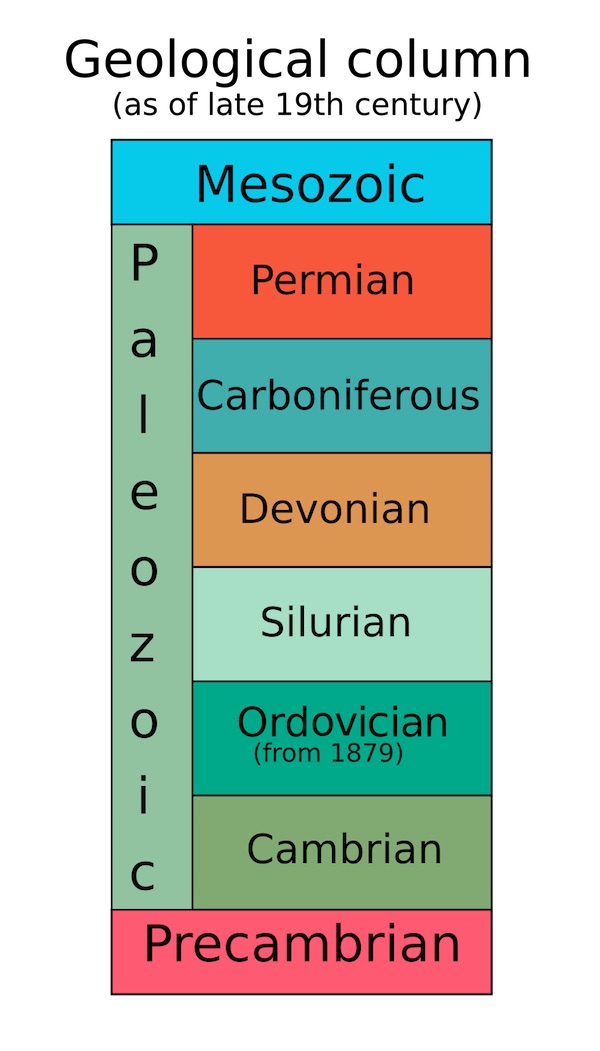
BOHUW – Without form and void
A. C. Custance (1910-1985) was a Canadian physiologist and writer, and best known for his advocation of the gap theory. And this is where it gets really interesting, because if we take a look at Custance’s book Without Form and Void (published in 1970), beginning at Chapter One, many of the authorities he refers to do not actually offer any support that Gen 1:1-2 is proof that Satan ruled the planet for billions of years before he (or God) destroyed it. Rather, they simply confirm that bohuw can be translated as “waste” or “laid waste”, both of which have been used in different versions of the Targum of Onkelos (the Aramaic translation of the Torah, circa 100AD), and Custance is misinterpreting this as proof of a former decimated planet.
But “laid waste” has a number of meanings in English. “laid” can mean “to put, or set down, to set in order” and “waste” can mean “anything unused, unproductive, or not properly utilised”, “a sparsely settled or barren region”, “uncultivated land”, “a broad and empty expanse”, all of which reflect the original Hebrew meaning of bohuw – “emptiness, void, waste”. So we could just as easily interpret Gen 1:2 as saying “the earth was set down as barren”. In other words, the first stage of the creation of the earth was that of being an unformed mass of water waiting for God to form and fill it (Gen 1:2).
One thing is sure, this gap creationist argument, as put forward by Custance, based on the meaning of bohuw, cannot be used as proof that the earth in Gen 1:2 had become a ravaged and desecrated planet.
But what interested me most about Custance was that his gap theory relied upon a number of mystical sources, going back some 2000 years.
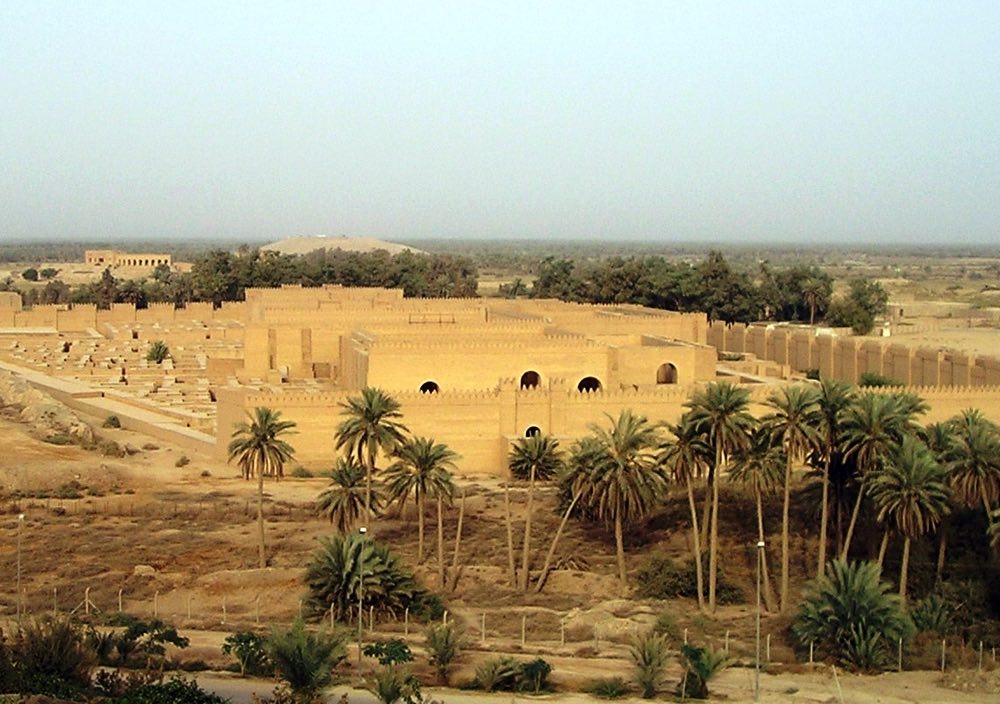
In fact, it goes back even further, some 2500 years, as Custance himself explains in his book. This was around the time the Jewish people returned to their land from exile in Babylon (illustrator’s concept of Babylon above). But who exactly were all these controversial Jewish people who began reading Genesis 1:2 differently to everyone else, and why should we listen to them? The answer is very sobering to anyone who values God’s word above all others! And if we look to one of the most important sources Custance has called upon to support his teaching on gap creation, it identifies two very prominent second-century Jewish sages!
custance’s smorgasbord of mystics
Custance builds his case for gap creation by delving into murky corners to collect obscure quotations from a smorgasbord of mystics, even giving credit to The Book of Jasher, which he acknowledges is an 18th century forgery of the book mentioned in 2 Sam 1:18-27 and Jos 10:13. But it is his reference to a “comment” on Gen 2:4-6, written in the ancient work The Book of Light, which really caught my attention. This book, he says, shows there was destruction on the “previous creation”, but he admits this is “difficult to follow”. He attributes this “opinion” of a previous creation, which was destroyed, to a “comment” made by a man called Simeon ben Jochai. Custance writes: (brackets and missing text in original)
“The ancient work known as The Book of Light or Sefer Hazzohar, sometimes simply Zohar, was traditionally ascribed to one of Akiba’s disciples, a certain Simeon ben Jochai. In this work, which thus represents an opinion held towards the end of the first century and the early part of the second, there is a comment on Gen 2:4-6, which, though difficult to follow, read thus:”
‘These are the generations (ie., this is the history of….) of heaven and earth…. Now wherever there is written the word “these” the previous words are put aside. And these are the generations of the destruction which is signified in verse 2 of chapter 1. The earth was Tohu and Bohu. These indeed are the worlds of which it is said that the blessed God created them and destroyed them, and, on that account, the earth was desolate and empty.’” (A. Custance, Without Form and Void, p5)
And it should be no surprise that The Book of Light (also known as Sefer ha-zohar or the Zohar), is difficult to follow, because it is the foundational work of the literature of Jewish esoteric mysticism known as Kabbalah, which some people consider to be as holy as the Bible, or as the key to “unlock” God’s Word.
As for Custance’s above mention of Simeon ben Jochai, he was the Jewish occult scholar who authored the Zohar. This fact is often obscured by those who look to Custance as their authority in this matter.
For example, one church that promotes the gap theory does not name Simeon ben Jochai in their literature, nor do they mention his and other occult influences behind this teaching, but simply refer ambiguously to its sources as being “Jewish sages”, as we read:
“The earliest known recorded controversy on this point [the gap theory] can be attributed to Jewish sages at the beginning of the second century” (Creation Or Evolution. Does It Really Matter What You Believe?, United Church of God booklet, available online.)
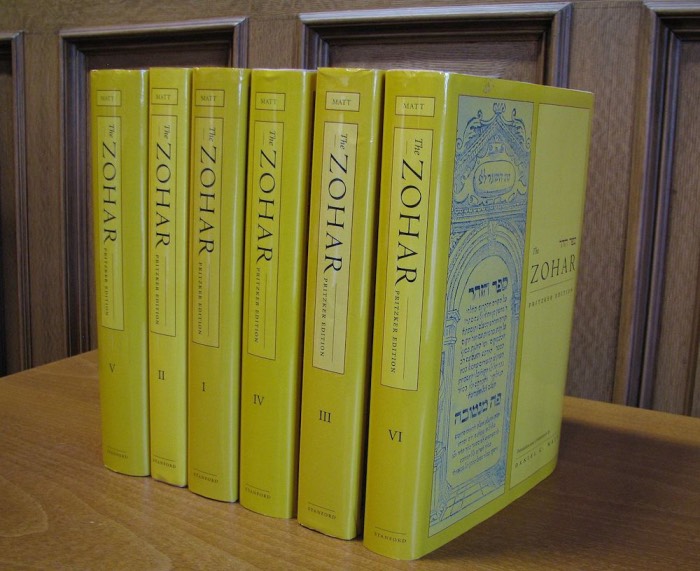
And although this church admits the gap theory is “controversial”, it has still embraced this mystical creation narrative as one of its most important doctrines, never to be questioned, as I myself and others have learnt.
Now if we take Simeon ben Jochai (also known as Yochai) and the Zohar out of the shadows and shine some light on this matter, the Encyclopaedia Britannica explains:
“Simeon ben Yochai, (flourished 2nd century AD), Galilean tanna (i.e., one of a select group of Palestinian rabbinic teachers), one of the most eminent disciples of the martyred Rabbi Akiba ben Joseph and, traditionally, author of the Zohar (see Sefer ha-zohar), the most important work of Jewish mysticism. Little is known of Simeon’s life, and what is recorded of it in the Talmud is enmeshed with legend. (www.britannica.com/biography/Simeon-ben-Yochai)
“Sefer ha-zohar, (Hebrew: “Book of Splendour”), 13th-century book, mostly in Aramaic, that is the classic text of esoteric Jewish mysticism, or Kabbala. Though esoteric mysticism was taught by Jews as early as the 1st century AD, the Zohar gave new life and impetus to mystical speculations through the 14th and subsequent centuries. Many Kabbalists, in fact, invested the Zohar with a sanctity that is normally accorded only to the Torah and the Talmud.” (www.britannica.com/topic/Sefer-ha-zohar)
The gap theory’s occult origins
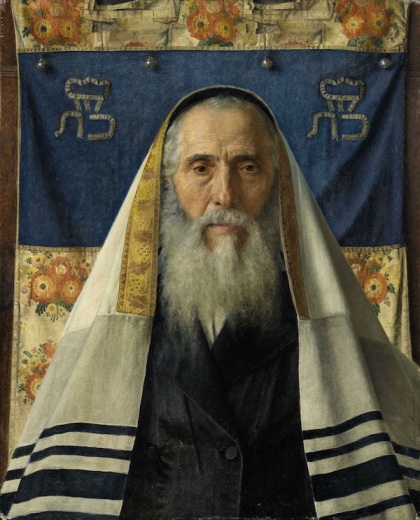
The Kabbalah is an occult philosophy that questions everything about the Bible and then twists the Scriptures to “reveal” arcane knowledge and special “revelations”. Kabbalah initiates study for years to learn its “ancient wisdom”.
“The wisdom of Kabbalah has been connected to religion, mysticism, yoga, tarot cards, numerology, astrology, charms, amulets, magic and that a person must be at least 40 years of age in order to study.” (www.kabbalah.info/engkab/what_is_kabbalah/ what_is_kabbalah. htm#.WPSH2FKB0vA)
Many Kabbalah doctrines mirror those of “Christian” Gnosticism, including the creation account: (emphases added)
“While Kabbalah shares with Gnosticism a dramatic, historical point of view, it differs from it with regard to one crucial idea: the value that it places on the world of human fate and endeavour.” (www.newkabbalah.com/ gnos.html)
In other words, Custance saw merit in searching out the writings of forgeries and hard-core occult scholars and mystery religions, including the Kabbalah and Gnosticism, for support for the gap theory.
Working through Custance’s cabalistic reasoning (in Without Form and Void) has the reader sliding from one slippery enigmatic source to another (e.g. Sumerian and Babylonian fragments, rabbinical teachings, the mysterious Midrash) and I cannot help but see it as a fulfilment of 2 Tim 4:2-4:
“Preach the word! Be ready in season and out of season. Convince, rebuke, exhort, with all longsuffering and teaching. For the time will come when they will not endure sound doctrine, but according to their own desires, because they have itching ears, they will heap up for themselves teachers; and they will turn their ears away from the truth, and be turned aside to fables.”
Gap creation and the Second Temple
Next I tried to find if there was a connection between the “gap theory” of the second century AD (as identified by Custance) going backwards in time to the building of the Second Temple (520 BC), as he had stated. That was when my trail petered out – until I received a communication from a gap creationist friend. However – and this is really important – he insisted he did not believe in the gap theory but rather the gap principle!
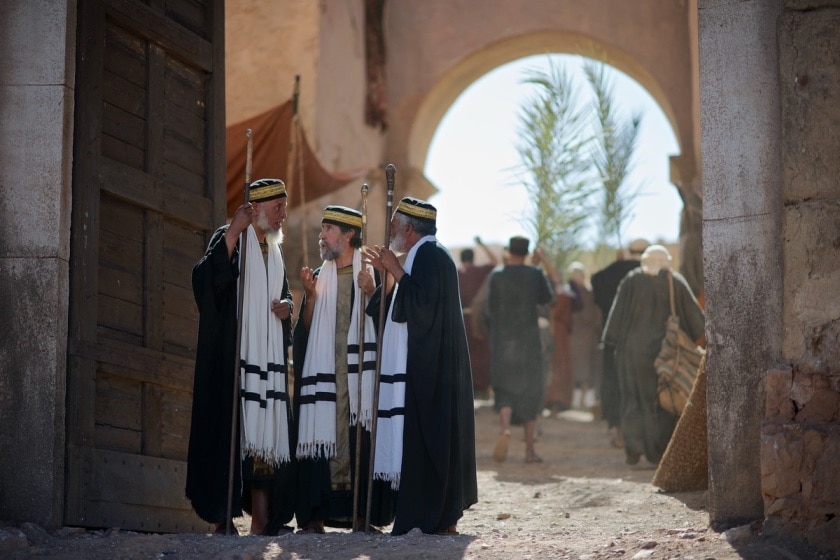
Exactly what the theological difference is I can’t say, because all the same arguments are used in both creation accounts. But my gap principle friend seemed to find comfort knowing it was a doctrine that predated 19th century evolutionism and therefore had no connection to it. He also found it reassuring that the gap principle reached far back into ancient Jewish history “being understood before the time of Ezra at the very least,” as he told me. But the really strange thing here is that he doesn’t seem to realise that this claimed antiquity does not give a teaching the stamp of truth. (After all, Satan’s sensational lies were at work 3400 years earlier than the building of the Second Temple – to the time of the Garden of Eden.)
The history of both the kingdoms – Israel to the north and Judah to the south – was a litany of ineffective, disobedient and corrupt kings (and many corrupt priests, too). Ancient Israel was notorious for its faithlessness and syncretising God’s truth with the pagan religions all around them.
“And Elijah came to all the people, and said, ‘How long will you falter between two opinions? If the LORD is God, follow Him; but if Baal, follow him.’ But the people answered him not a word.” (1 Kings 18:21)
Ancient Israel committed spiritual adultery (idolatry) all throughout their wanderings in the Wilderness and up to Christ’s ministry. Consequently, God divorced the northern kingdom first, putting her away in 722BC by sending the Assyrians against her. Then in 585BC, when “her treacherous sister” Judah did not change her ways, the Lord sent the Babylonians to take the people into captivity (Jer 3:7-10, 20). Six hundred years later the Lord ended his Covenant with ancient Israel at his death and was thus free to marry a new people – the church (Matt 27:51).
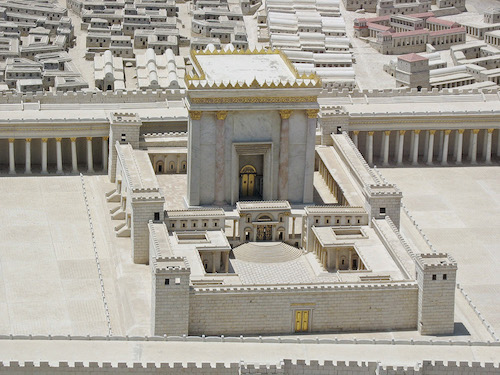
God did bring the people of Judah back into their land 70 years after their Babylonian exile, but the line had been crossed. The Hebrew kingdom, which started with such promise and glory through David, was now at an end. The damage was irreparable, until the birth of Messiah more than 500 years later. The monarchy had ended and the Jewish diaspora had begun.
“After the exile, Judah was politically rebuilt as a Persian satrapy, a semi-autonomous administrative province, ruled by a priestly elite that remigrated from Babylonia and whose views and attitudes were shaped by the religious blue-prints for reconstruction drafted in the exile” (http://www.bu.edu/mzank/Jerusalem/cp/exret.htm)
While in Babylon, the Jews had creatively remade themselves and their world view in a human effort to preserve their identity. This was the time when the rise and development of the ancient Oral Law took place. This was also the time when Jewish sages saw the need to change biblical laws to accommodate their changing conditions. (emphases added)
“Ask many Orthodox and Conservative Jews about the origin of Judaism’s oral law and they will tell you that God revealed both the written and oral Torah to the Israelites through Moses at Sinai. Actually, the Bible only states that the Ten Commandments were revealed at Sinai. The rest of the Torah, with incidences that occurred after the Sinai revelation, was given at a later time in different places.
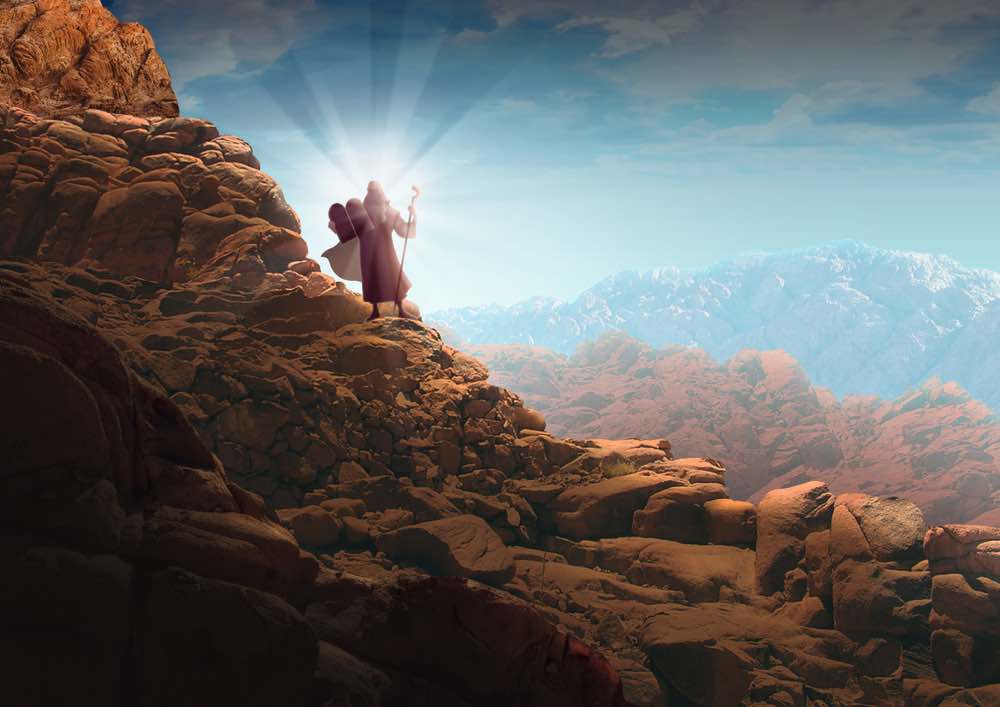
“Furthermore, while many Jews believe otherwise, the interpretation of the Torah laws by the rabbis, called the oral law, developed long afterwards, when Jews recognized the need to modify the Torah teachings. Rabbi Binyamin Lau, an Orthodox rabbi, discusses the development of the oral law during the second temple period in his book The Sages.” (booksnthoughts.com/what-is-the-origin-of-judaisms-oral-law/)
In this way, the Word of God was replaced with the doctrines and commandments of men, and God (in the hearts and minds of the people) was replaced with the ruling religious elite, later to become the Pharisees and Sadducees.
The gap principle becomes the gap theory
When the Jews returned to their homeland, after two to three generations in Exile, there was a great resurgence to recapture their traditional roots, as they knew their captivity had been punishment from God, a result of their impurity. In their misguided fervour, however, the Exiles began to formulate the new religion of Judaism, with its focus on the many traditions, philosophies and prohibitions, as expressed by the teachers of the Oral Law. This was a man-made system of learning and establishing spiritual “truths” that are forever evolving independent of the Torah (which is considered too holy and difficult to understand).
Not only that but God’s Word, in this new religion, was said to be in inaccessible to the people without special interpretation from the rabbis. Thus, by definition, the religion of Judaism was a mystery religion (which was very different to the Hebrew people being in a covenant relationship with God). Those Jews who did look to God and the Torah became the minority. This is evident from the books of the prophets – the Ketuvim. These were written by faithful Jewish men (or at least put into final form) during the period of Persian and Hellenistic rule, from the fifth to the second centuries BC. (Photo of the Masoretic text below.)
Jewish history is complex and it is not my purpose to explore this matter in great depth. Suffice to say, questioning God’s creation account has always featured in Jewish mysticism.
And by the time of the building of the Second Temple, creation mysticism gained ground. By the second century AD, these Jewish mystical teachings were being written down and recorded.
And once again we find ourselves back at the second century – which gap creationists identify as the time when Jewish authorities wrote about the need to read Genesis 1 differently.
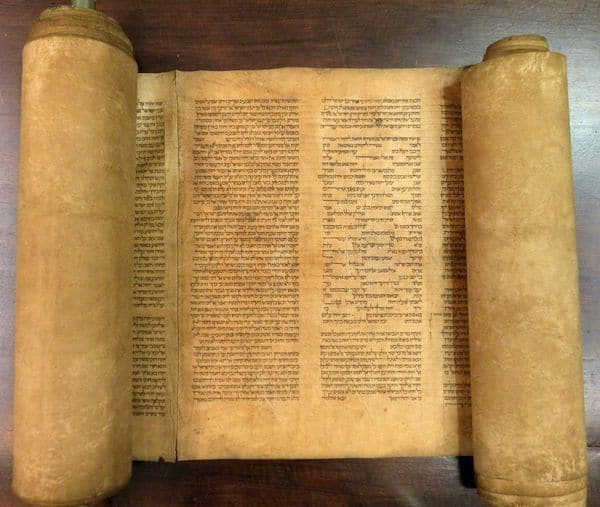
“Kabbalah is a term that refers to Jewish mysticism… All forms of Jewish mysticism, consistently appeal to scriptural authority, yet no mystical movement ever strayed further from theological orthodoxy than some forms of kabbalah. One of the early forms of Jewish mysticism is called creation mysticism… A key text in creation mysticism is Sefer Yetzirah “The Book of Creation” from the 2nd century CE.” (http://www.world-religions-professor.com/kabbalah.html)
From here the gap principle developed further, to resurface in 19th century Protestantism – now known as the gap theory.
In the next chapter I explore ‘The Gap Principle and Kabbalah Connection’. This is a must-read for any person who holds to the gap theory but who is also humble and willing to change if they can be shown to be in error. Alternatively, it will strengthen their resolve in this matter if they are able to find my arguments baseless.
This exploration has never been about me voicing my opinion. Rather it has been the end result of a five-year investigative journey – as I have sought to find and follow the path to truth, from God’s Word, being prepared to go wherever it led.
Images: iStock.com/aluxum; iStock.com/CrossEyedPhotography; Lightstock; Masha Arkulis/Shutterstock.com; mpaniti/Shutterstock.com; Pexels; Pixabay; Wikicommons.

“This testimony is true. Therefore rebuke them sharply, that they may be sound in the faith, not giving heed to Jewish fables and commandments of men who turn from the truth.” (Titus 1:13-14)
